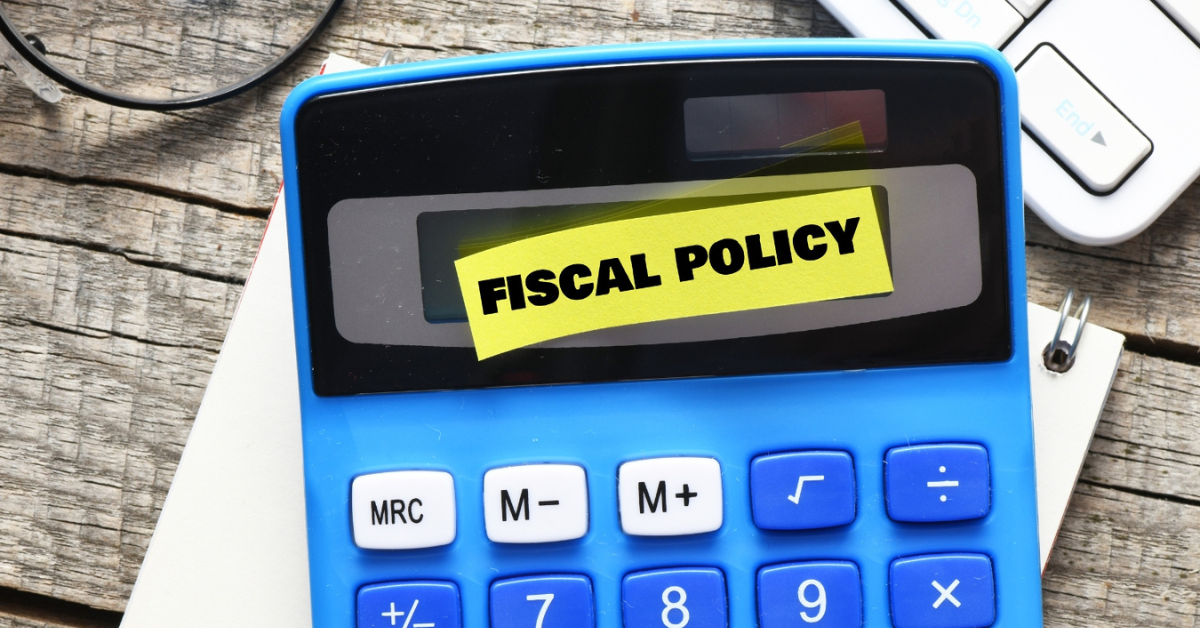Introduction
This blog explores the impact of government fiscal policies on economic growth, examining their theoretical underpinnings and practical applications, and highlighting their significant role in shaping a nation’s economic health.
Understanding Fiscal Policy
Fiscal policy refers to the government’s use of spending and taxation to influence the economy. When a government adjusts its spending levels and tax rates, it affects both aggregate demand and the pattern of resource allocation, which in turn can accelerate or decelerate economic growth.
Types of Fiscal Policy
1. Expansionary Fiscal Policy: Typically used during periods of economic downturn, this involves increasing government spending and/or decreasing taxes to stimulate economic growth.
2. Contractionary Fiscal Policy: Used to cool down an overheated economy, this involves decreasing government spending and/or increasing taxes.
Mechanisms of Impact
1. Influencing Aggregate Demand
Governments can use fiscal policy to directly impact the amount of spending and economic activity in the country. For example, when a government increases its spending, it can lead to more jobs and higher income, which boosts consumer spending and increases aggregate demand. Similarly, tax cuts can increase disposable income for consumers and increase demand for goods and services.
2. Multiplier Effect
The multiplier effect is a phenomenon where an initial increase in spending leads to further spending and an increase in national income greater than the initial amount spent. For instance, government investment in infrastructure projects not only directly supports construction jobs but also benefits suppliers and service providers, ultimately enhancing overall economic activity.
3. Crowding Out vs. Crowding In
● Crowding Out: This occurs when increased government spending leads to a reduction in private-sector investment. The theory behind this is that as the government borrows more to fund its spending, it drives up interest rates, making it more expensive for businesses to borrow and invest.
● Crowding In: Conversely, government spending can also have a crowding-in effect, especially in a sluggish economy. For example, when the government spends on public projects, it can boost business confidence and performance, which in turn encourages more private investment.
4. Long-term Growth Through Investment
Fiscal policies can also influence economic growth by funding crucial investments in infrastructure, education, and technology. These investments not only create jobs in the short term but also lay the groundwork for future economic growth by improving productivity and efficiency.
Real-World Examples and Implications
1. Post-2008 Financial Crisis Stimulus: In response to the global financial crisis of 2008, many governments implemented significant fiscal stimulus packages aimed at boosting growth. These often included large-scale infrastructure spending and tax rebates.
2. Austerity Measures in Europe: Post-crisis, several European countries adopted contractionary fiscal policies, including spending cuts and tax increases, to reduce their budget deficits. The impact of these austerity measures on economic growth has been mixed, with some arguing that they have stifled growth during a vulnerable time.
Conclusion
Government fiscal policies significantly impact a country’s economic trajectory, promoting sustainable growth through the judicious use of fiscal tools, making understanding their nuances crucial for policymakers, economists, and the public.
#FiscalPolicy #EconomicGrowth #GovernmentSpending #Taxation #PublicEconomics #EconomicPolicy #NationalEconomy #MacroEconomics #EconomicStimulus #GovernmentDebt
Categories



